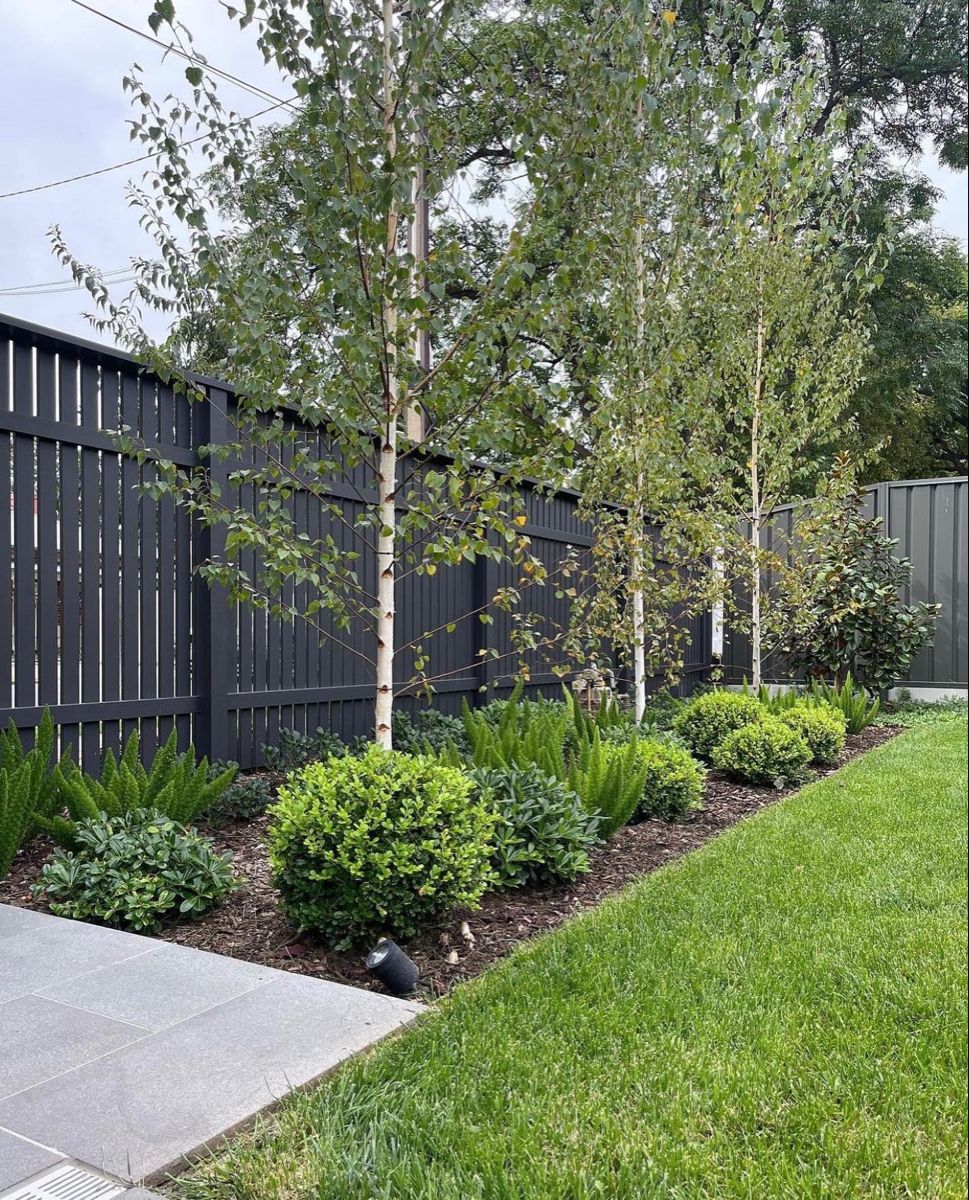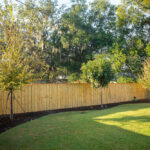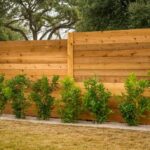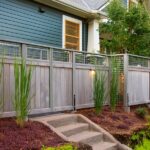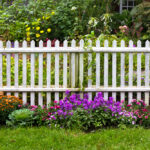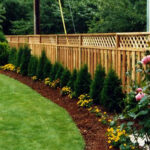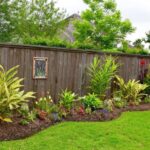Landscaping along a fence can add beauty, privacy, and functionality to your outdoor space. By incorporating plants, trees, and other features along the fence line, you can create an attractive backdrop for your yard and create a sense of cohesion throughout your landscaping design.
Planting shrubs along the fence line can help soften the harsh lines of the fence and create a more natural look. Choose shrubs that are well-suited to your climate and soil conditions, and that will complement the overall aesthetic of your outdoor space. For added interest, consider mixing different types of shrubs with varying heights and textures.
Incorporating trees along the fence line can provide shade, privacy, and vertical interest to your landscaping design. Select trees that will not only thrive in your area, but that will also complement the size and style of your fence. Be mindful of the tree’s root system and choose varieties that will not disrupt the fence or any nearby structures.
To add color and visual interest to your fence line, consider planting flower beds or incorporating flowering vines along the fence. Choose a variety of seasonal flowers to ensure that your landscaping looks vibrant and colorful throughout the year. Climbing vines such as clematis, honeysuckle, or jasmine can be trained to grow along the fence, adding a touch of elegance to your outdoor space.
In addition to plants and trees, consider incorporating other elements along the fence line, such as decorative stones, pavers, or outdoor lighting. These features can help add depth and visual interest to your landscaping design, as well as create a more functional and inviting outdoor space.
Overall, landscaping along a fence can help tie together your outdoor space and create a beautiful and cohesive design. By carefully selecting plants, trees, and other elements that complement your fence and overall landscaping style, you can create a welcoming and visually appealing outdoor environment for you and your guests to enjoy.
